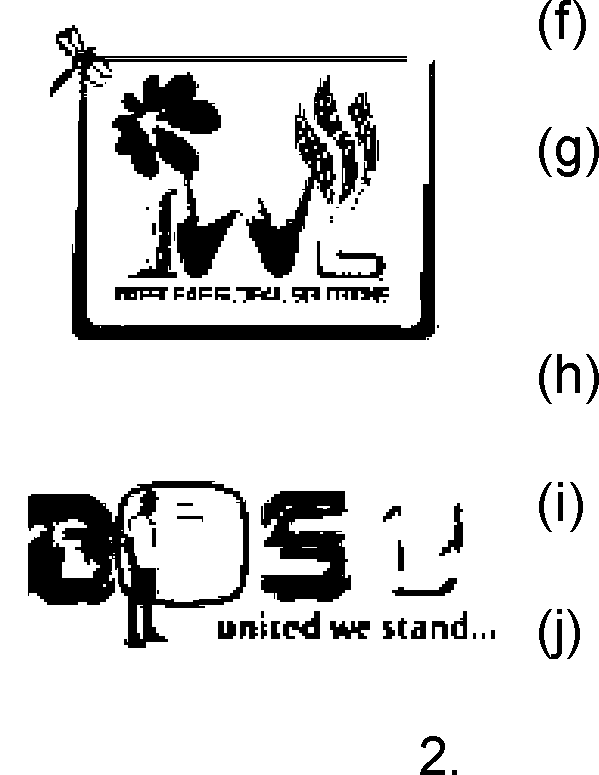Biju Patnaik University of Technology 2008-2nd Sem B.Pharm Pharmaceutical Analysis-I - Question Paper
Time : 3 Hours

Answer questions either from New or Old syllabus but not from both.
Answer Question No. 1 which is compulsory and any five from the rest.
The figures in the right-hand margin indicate marks.
1. Answer the following questions : 2 *10
(a) What is primary standard solution ?
(b) Define Normality, Molal solutions.
(c) Define a weak acid.
(d) Strength of acid and bases.
(e) Standardization of sodium hydroxide.
Explain co-precipitation.
Different indicators used in non-aqueous titrations.
Explain solubility products.
Preparation of mixed indicators.
What is pH ? Explain.
What are the different types of errors in pharmaceutical analysis and how are they minimized ? 10
3. Explain (i) Law of mass action, (ii) Common ion effect. 10
4. What is Mohrs method and Volhards method ? Explain with examples. 10
5. What are the different solvents used in non-aqueous titrations ? Give examples in each category. 10
6. Answer the assay of (i) Asprin, (ii) Sodium chloride. 10
7. Write the different steps involved in Gravimetric analysis. 10
8. How do you prepare and standardize the solutions ? 5+5
(a) Silver Nitrate
(b) H2S04.
(OLD SYLLABUS)
Answer Question No. 1 which is compulsory and any five from the rest.
The figures in the right-hand margin indicate marks.
1. Answer the following questions : 2*10
(a) Explain titrant and titrand with suitable example.
(b) What is titration error ?
(c) Classify errors in pharmaceutical analysis.
(d) What is Von weimarns theory?
(e) Mention the significance of Neutralization curve.
(f) Define and differentiate co-precipitation and post precipitation.
(g) List out four non-aqueous solvents.
(h) What is the significance of thermogravi-metric curve ?
(i) Name four indicators used in complexo-metric titration.
(j) What are buffers ? Give suitable examples.
2. Enumerate various means of minimization of errors. 10
3. Explain different theories that govern the change in color of indicators in neutralization titrations.
10
4. What are the different types of precipitation titrations ? Write the principle and procedure involved in the assay of sodium chloride by preparation titration. 2+8
5. List out important titrants used in non-aqueous titrations. Write down the procedure for preparation and standardization of 0.1 N perchloric acid. 2+4+4
6. Describe the steps involved in gravimetric analysis of drug substances. Give the principle and procedure involved in analysis of magnesium as magnesium pyrophosphate. 7+3
7. Describe the principle of complexation. Write the preparation and standardization of 0.05 m disodium EDTA solution. Add a note on assay of calcium gluconate. 2+6+2
(a) Law of mass action
(b) Assay of Phenobarbitone
(c) Ideal requirements of a primary standard
(d) Rules for retaining significant digits.
|
Attachment: |
| Earning: Approval pending. |
